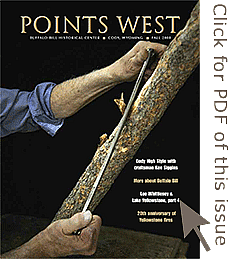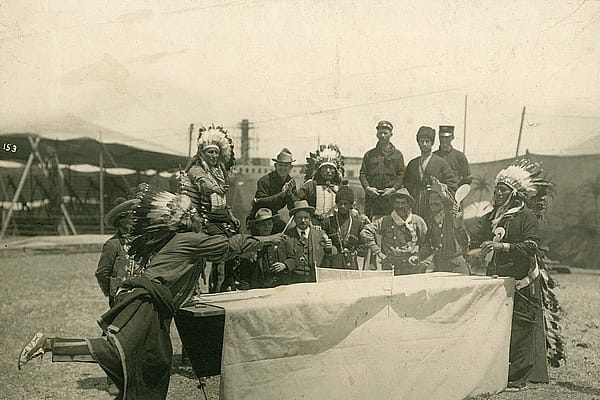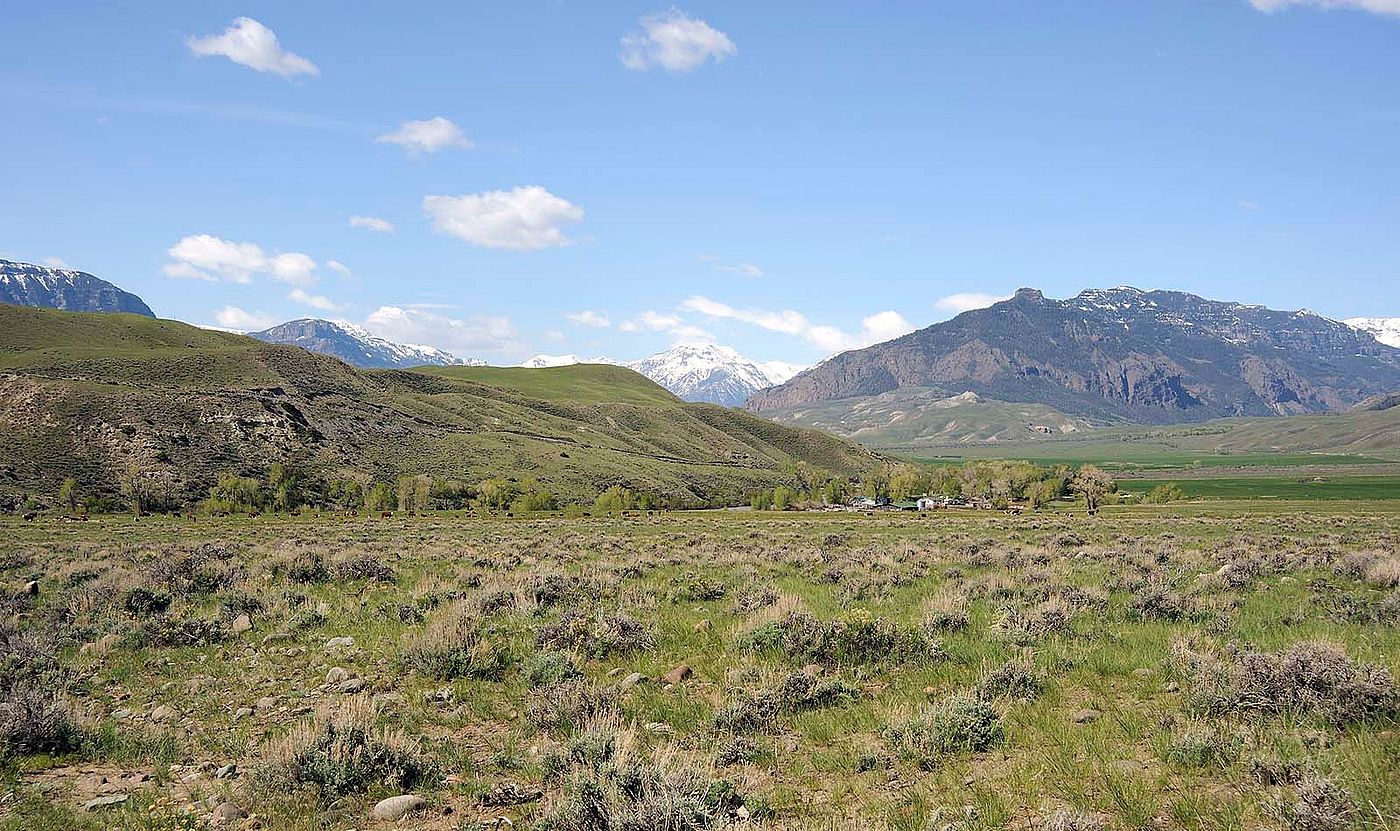
Step by Step with Ken Siggins, Cody Western Artisan – Points West Online
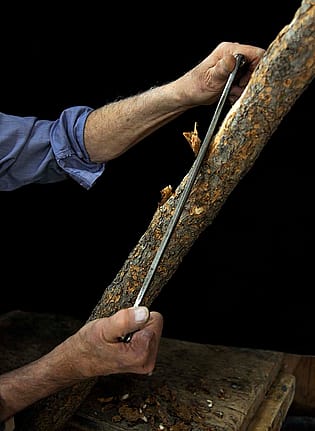
Originally published in Points West magazine
Fall 2008
Step by Step with Ken Siggins, Cody Western Artisan
Ed. Note: Since this article was written in 2008, the Cody Western Artisans group of which Ken Siggins was a member, has transitioned to the current group By Western Hands. Visit their website at bywesternhands.org to learn more!
Photos by Sean Campbell, Text by Marguerite House
“A man who works with his hands is a laborer; a man who works with his hands and his brain is a craftsman; but a man who works with his hands and his brain and his heart is an artist.” –Louis Nizer, twentieth-century jurist and author (1902–1994)
One would almost think Nizer had met Ken Siggins, a Cody, Wyoming, furniture maker, since his words describe Siggins to the proverbial “T.” As a member of the Cody Western Artisans, Siggins and his fellow craftsmen—who call him “the bridge between Molesworth and today”—gear up each year for Cody’s annual arts celebration. The western furniture and decorative arts portion is now known as “By Western Hands.”
For the western furniture maker, it all starts with the wood. Against the backdrop of Wyoming’s Absaroka Mountains and the valley of the South Forth of the Shoshone River, Cody Western Artisan Ken Siggins searches for just the right timber for his next creation. We follow the progress from log to furniture…
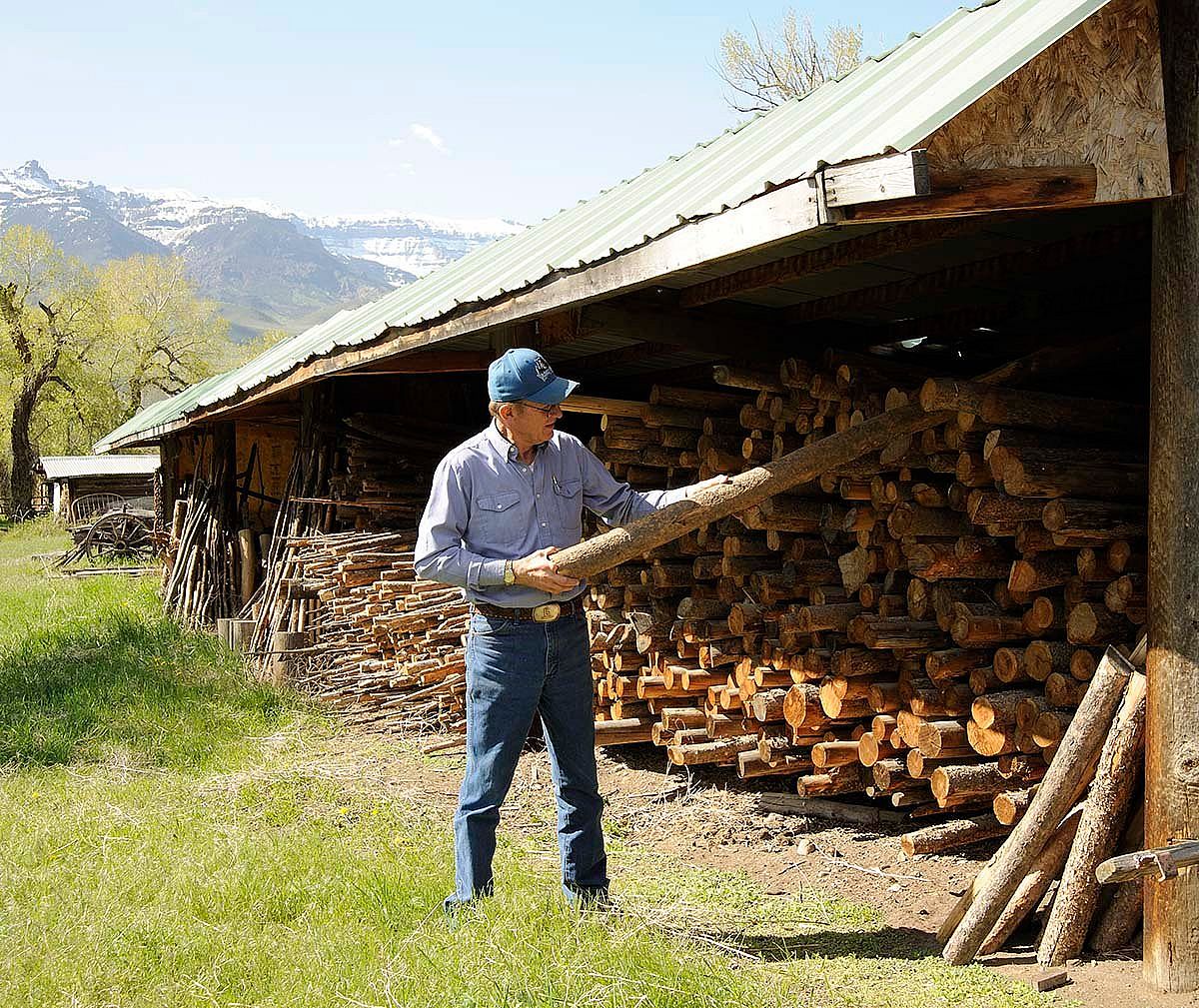
In his book Western Star, Pulitzer Prize-winning author and poet Stephen Vincent Benet had this to say about folks headed West: “I think it must be something in the blood. Perhaps it’s only something in the air.”
In Ken Siggins’s case, it’s probably a little of both. The western furniture maker is a third-generation rancher and has spent the bulk of his life taking swigs of the mountain air along the South Fork of the Shoshone River, southwest of Cody, Wyoming.
Against that backdrop, Siggins has all manner of inspiration surrounding his Double L Bar Ranch. In the spring of 1990, Patricia Leigh Brown of the New York Times wrote “The South Fork of the Shoshone River moves languorously through the hills, past cotton wood groves and whipped-cream peaks dotted with sagebrush and elk. Here, not far from the eastern border of Yellowstone Park, geography is measured not in tidy streets and avenues, but in bluffs, basins, and gnarled nubs of rock.”
It’s a geography Siggins knows well.
“Grandma bought the family ranch in the mid-1920s,” the Cody Western Artisan says, “and then Dad bought it—and me after him. It was Dad who suggested we make furniture since our guests really took a liking to this Rocky Mountain Style. At the time, it wasn’t available outside dude ranches, and visitors to our ranch would often buy chairs as mementos of their trip out West.”
Siggins’s own Triangle Z Ranch Furniture has operated in the shadows of Wyoming’s Absaroka Mountains since 1963. These days, in a style reminiscent of the legendary Thomas Molesworth, Siggins builds an average of fifty pieces of rustic ranch furniture annually—sometimes as many as two hundred. Each one has the requisite form, function, and unmistakable western design, from pool tables to computer desks.
If you can think it, Siggins can create it.
The spring of 2008 was still sporting snow on the ground at the Triangle Z Ranch, when we first visited Siggins to chronicle the progress of his unique boot cabinet.
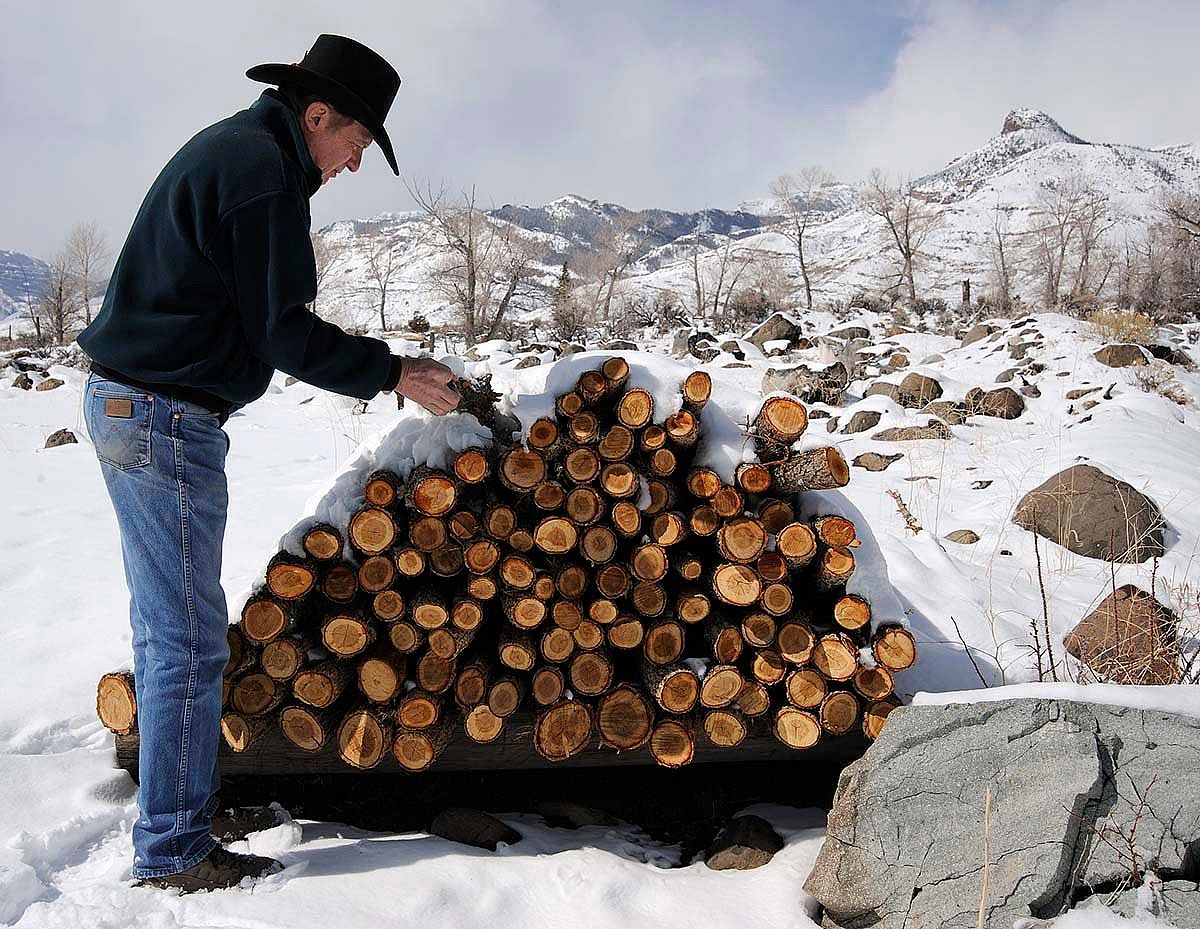
The just-right poles of Douglas fir have to be aged, dried, treated for insects, and peeled. Then expertise and creativity adhere together for that one-of-a-kind western design.
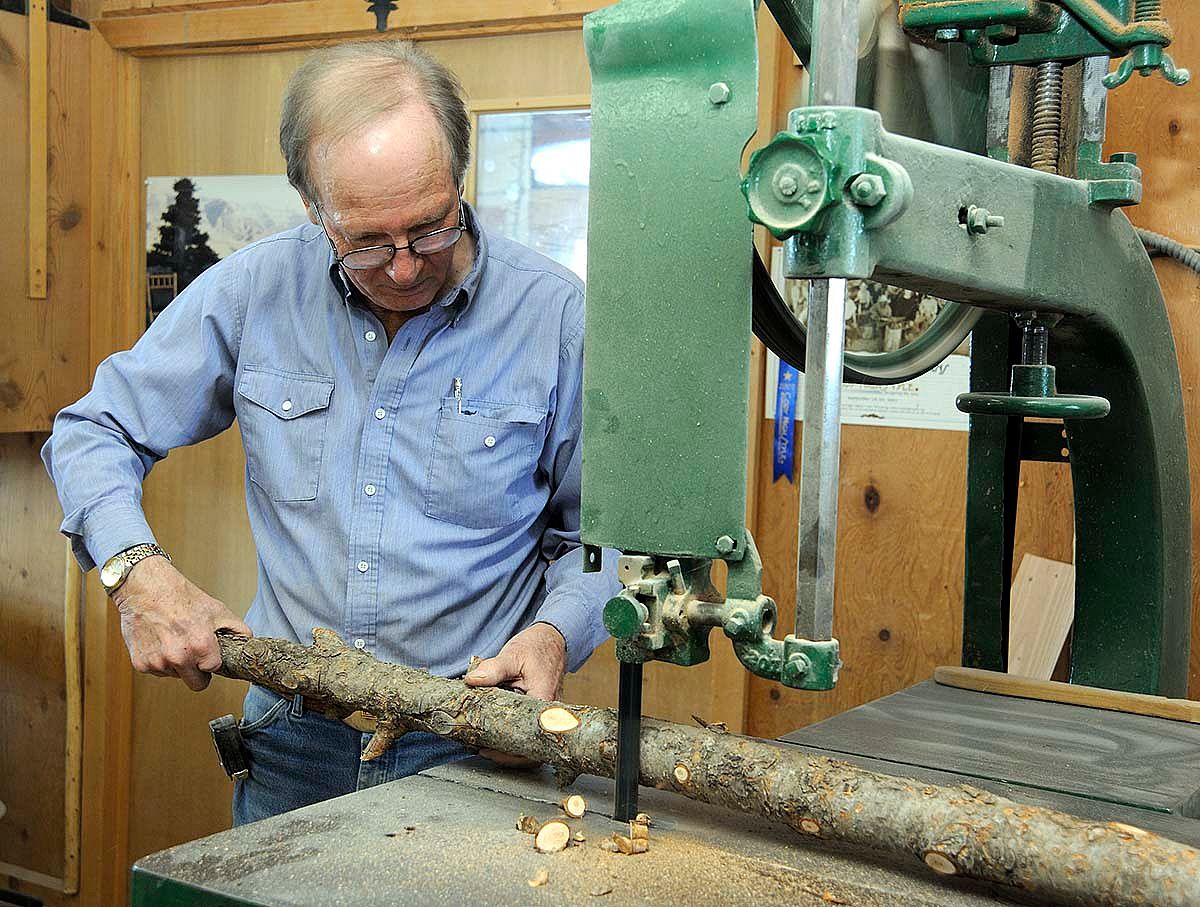
Siggins founded Triangle Z Ranch Furniture primarily to perpetuate the ranch furniture styles pioneered by early settlers in the area.
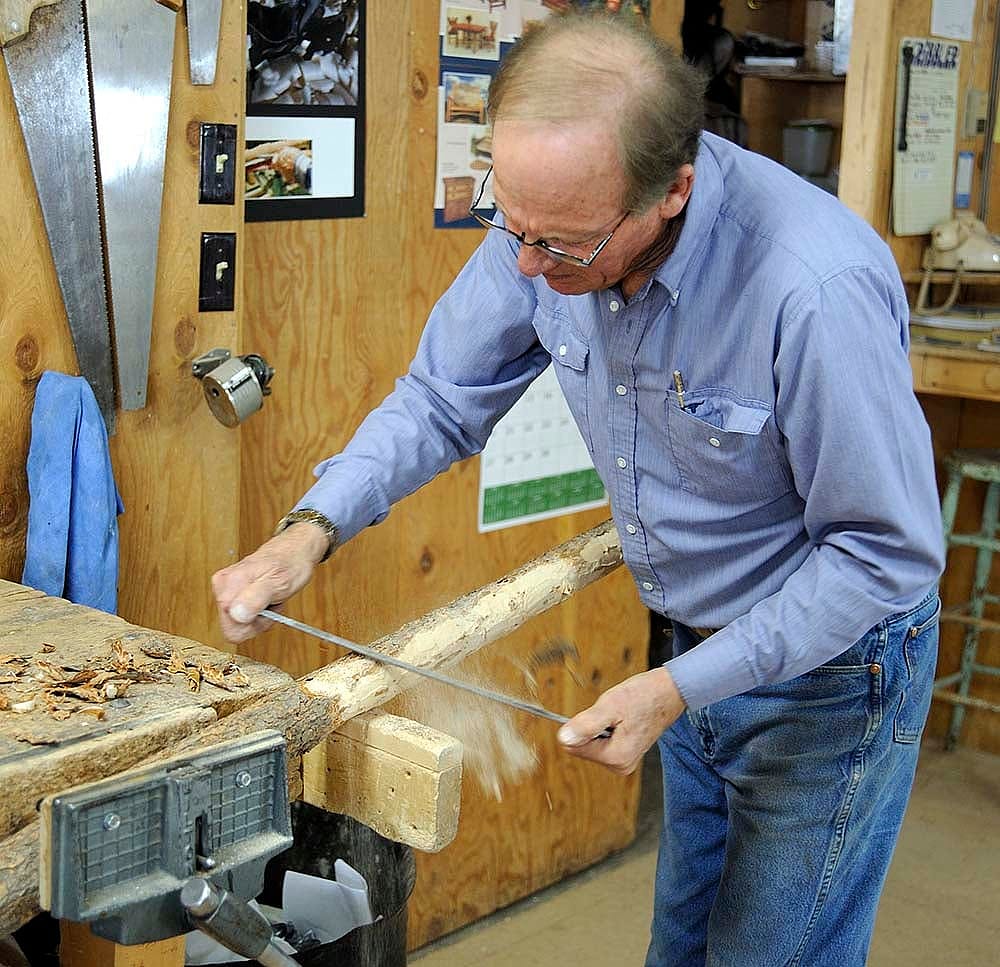
As he repaired furniture on the family ranch, Siggins learned much about the craft. But, eventually, he traveled to New York for a two-week stint at a furniture factory to learn the basics.
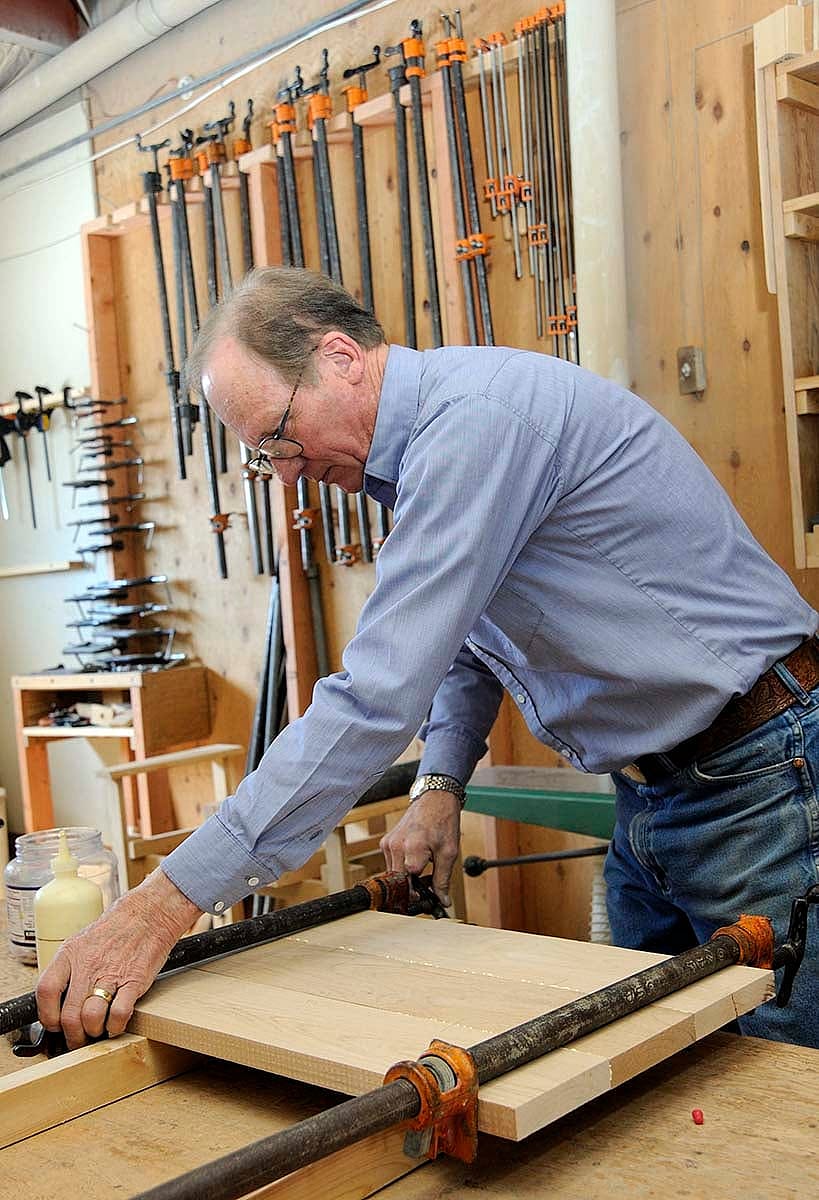
These days, Siggins’s work is driven almost entirely by scores of repeat customers. Like them, Siggins saw a picture in a magazine and reckoned he could create the piece himself.
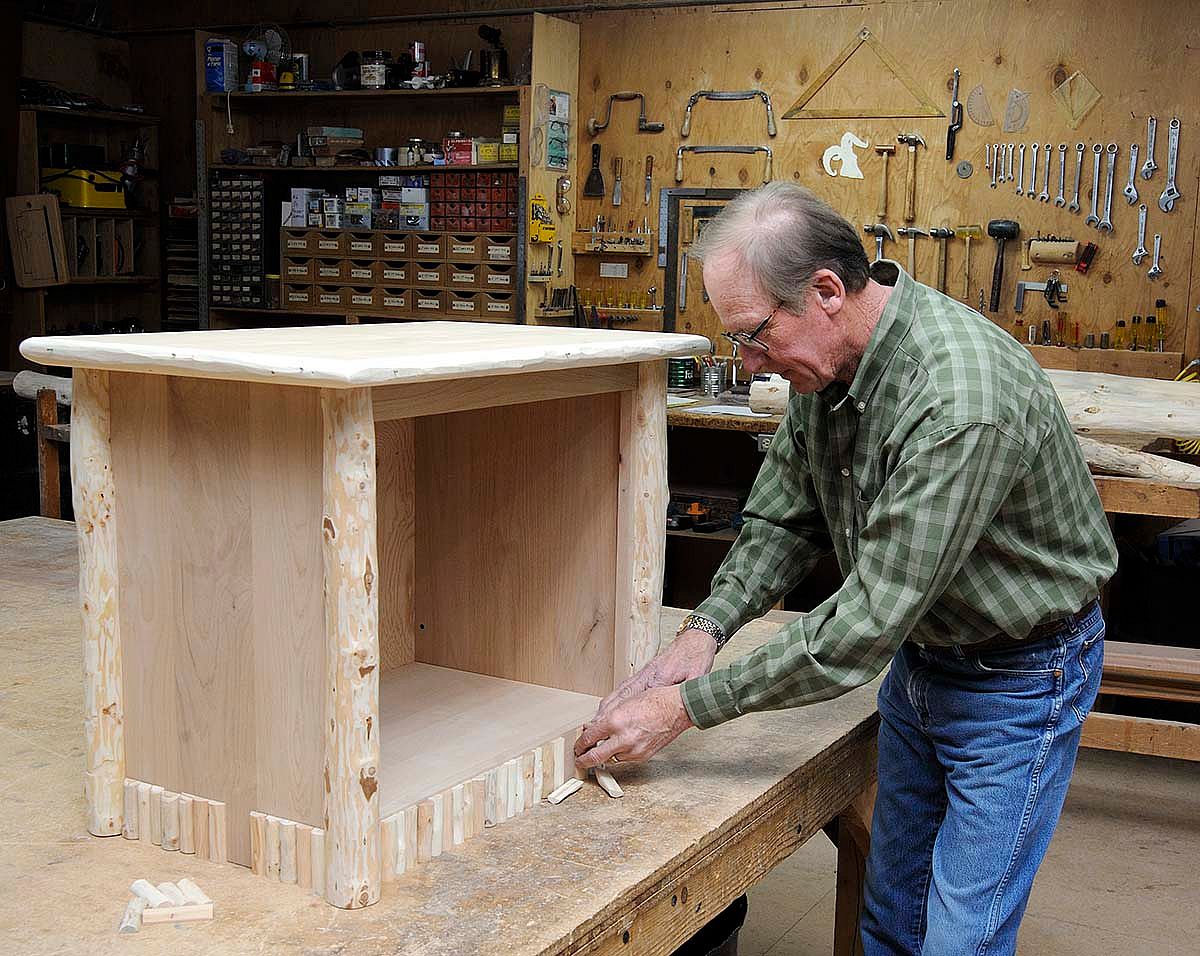
As ideas are tested, there are many “starts and stops,” Siggins says. “Very seldom do we have to scrap anything, most of the time, we simply re-use—and never have we had a client return a purchase.”
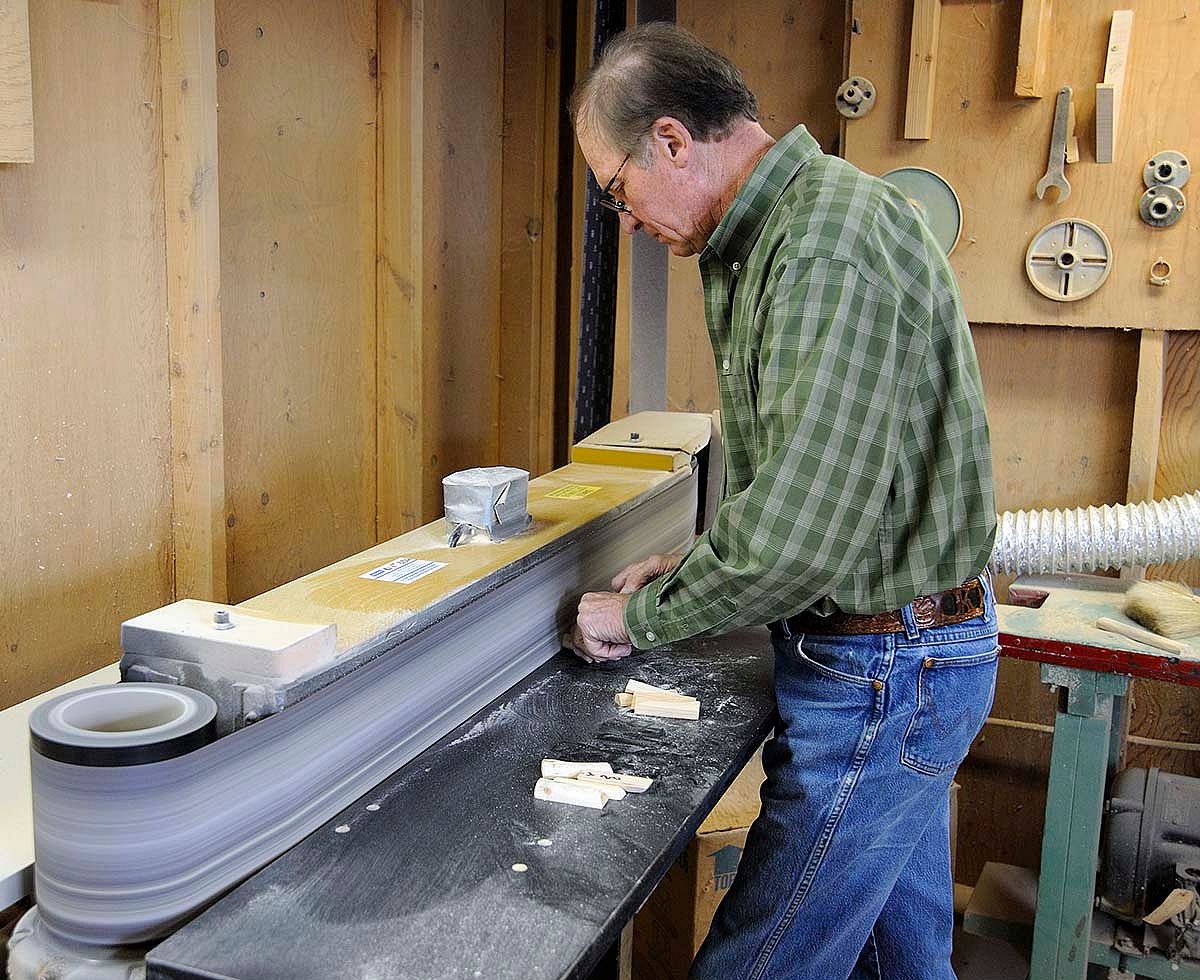

Post 280
Written By
Nancy McClure
Nancy now does Grants & Foundations Relations for the Center of the West's Development Department, but was formerly the Content Producer for the Center's Public Relations Department, where her work included writing and updating website content, publicizing events, copy editing, working with images, and producing the e-newsletter Western Wire. Her current job is seeking and applying for funding from government grants and private foundations. In her spare time, Nancy enjoys photography, reading, flower gardening, and playing the flute.
